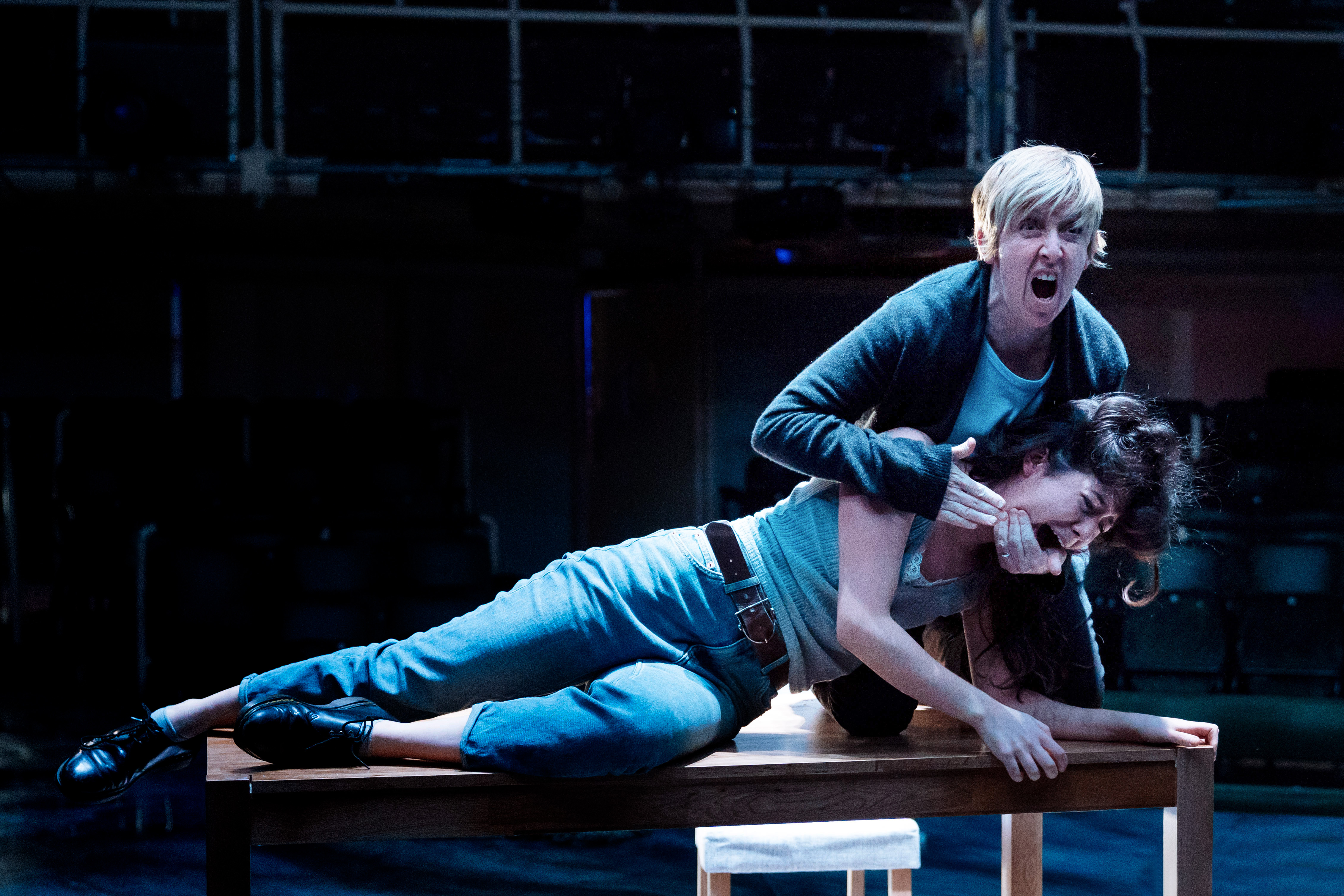When I meet someone I’ve only communicated with via email for the first time, they are sometimes surprised to find that I’m a rather cheerful young woman. Calling myself an art historian, I have come to realise (and, indeed, have been told a few times) evokes a middle-aged, calm and well-spoken individual. This is of course a generalisation, but whenever the words ‘history’ or ‘historian’ come into play, the ideas commonly associated with them don’t involve much excitement.
Although there is absolutely nothing wrong with being a calm, well-spoken, middle-aged art historian, many different types of people are increasingly trying to challenge this stereotype. A couple of years after I completed my MA in Art History in Rome, I began to feel the desire to explore how art could be presented and whether expectations around art historians could be widened. So I started my project/mission, Art Across.
To me, visual arts are among the most alive and thrilling things in the world. Maybe it’s because my Art History teacher in college was a great storyteller. Maybe it’s because I was born in Rome and was encouraged to picture ancient Romans walking around the ruins of the Forum from the time I was five-years-old. Or maybe it’s because I have always had an active imagination. But, to me, artworks are full of stories, and stories are, by definition, exciting and engaging.
 On my website, I define Art Across as my ‘creative lab’, it’s my freelance activity which essentially aims to share all of that excitement and engagement I feel for art with as many audiences as possible, outside of traditionally educational and academic settings. It is now also the core element of my practice-based PhD, which I have just started at Manchester Metropolitan University. I just think the visual arts offer the chance of telling so many stories, stories which are too good not to be shared with as wide and large a group of people as possible. I want to explore fresh, stimulating ways of doing that.
On my website, I define Art Across as my ‘creative lab’, it’s my freelance activity which essentially aims to share all of that excitement and engagement I feel for art with as many audiences as possible, outside of traditionally educational and academic settings. It is now also the core element of my practice-based PhD, which I have just started at Manchester Metropolitan University. I just think the visual arts offer the chance of telling so many stories, stories which are too good not to be shared with as wide and large a group of people as possible. I want to explore fresh, stimulating ways of doing that.
Artworks can tell stories: of that time Vulcan walked in on his wife Venus while she was entertaining herself with the much younger and attractive Mars, who, jumping under the table, hoped the tiny barking dog wouldn’t give him away; or, at the other end of the spectrum, the feeling when you have to hide a humorous smile every time your little brother gets himself into trouble.
Colours, lines, and materials can tell stories too, in how shades touch each other and overlay, in how elements balance on top of others, in how spaces are transformed. These stories and journeys are there for us to find.
But artworks have their own stories as objects. They are stolen, cut into pieces, misplaced, commissioned and sold, forged, lost and then found again, studied, analysed, categorised. And, of course, all of these tales connect to the histories of the people around artworks – artists, patrons, buyers, worshippers, merchants, thieves, connoisseurs, counterfeiters, art historians.
And then there is another type of narrative, that of the relationship between these objects, the people around them, the stories they tell and every person that engages with them. The grown-up artist who remembers flicking through her granny’s art history books as a child; the way a man struggling with mental health felt in front of a majestic piece of architecture; what the guy who had never engaged with art before read in a piece of Medieval art when he saw it for the first time.
As an art historian, the things I discuss can either be right or wrong. But what’s wonderful is that there is no right or wrong when engaging with an artwork. I wish to make everyone feel like that – empowered to engage with those stories and make their contribution, if they feel inspired to do so.












